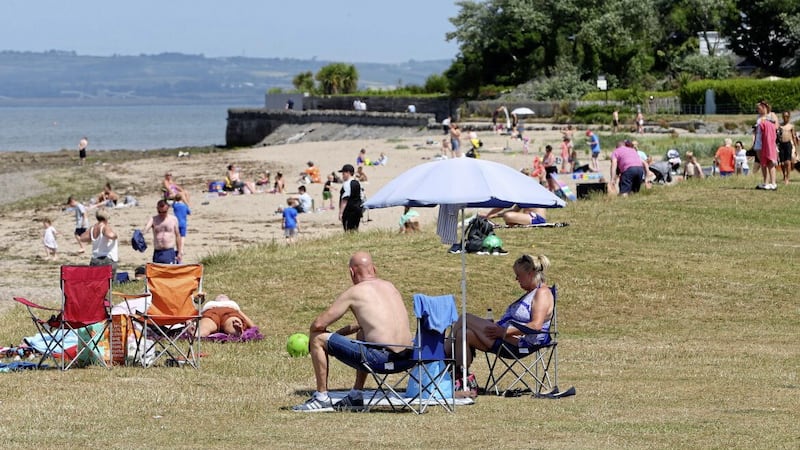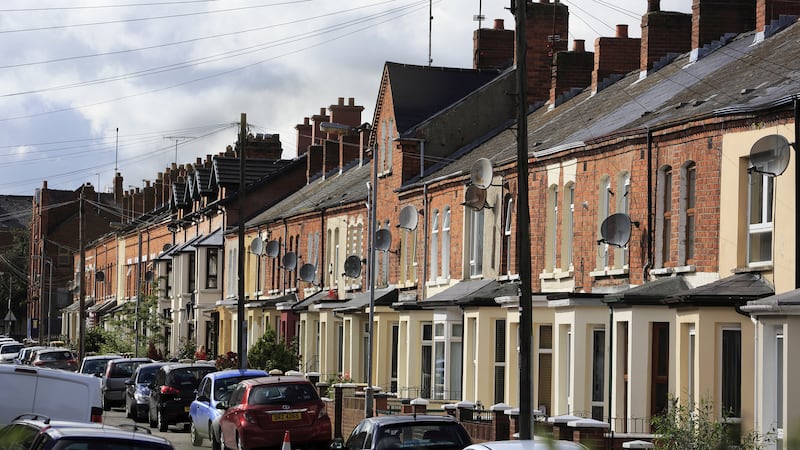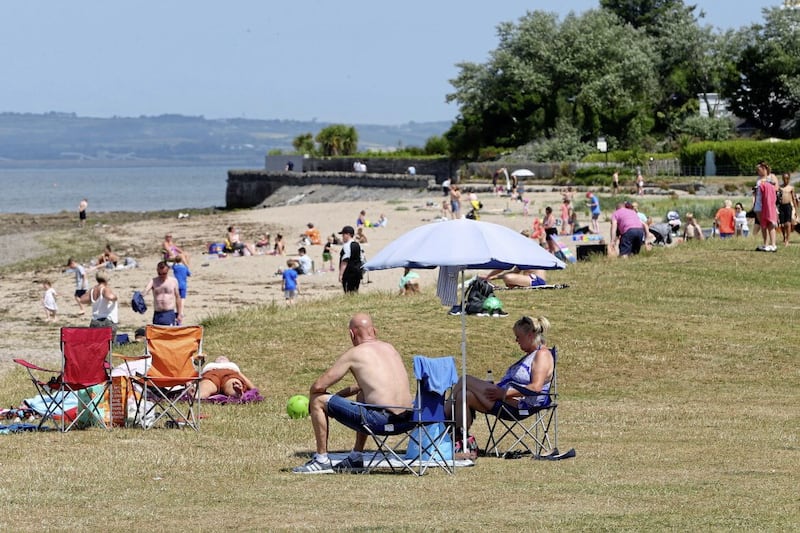THE average price of a home in the north has jumped by £30,000 since the start of the Covid-19 pandemic.
The latest official Northern Ireland House Price Index put the average house price at £169,063 for the April to June period, the highest for 14 years and 5.3 times the annual gross full time salary.
While prices are well off the excesses of 2007 property boom, when the average home was selling for more than nine times what people earned in a year, demand for housing continues to outstrip supply, pushing prices up by 3.2 per cent, or just over £5,000, between the first and second quarters of the year.
The average home is now 9.6 per cent more expensive than the same period last year and a whopping 20 per cent costlier than the second quarter of March 2020, when the north entered lockdown.
The average detached house has now exceeded a quarter of a million pounds (£260,000), jumping by 25 per cent (£52,228) since the arrival of Covid.
Ards and North Down experienced the sharpest quarterly spike, with prices rising 5.2 per cent to £196,438, making it (on average) the most expensive place to buy a home in the north, just ahead of Lisburn and Castlereagh (£195,003).
Antrim and Newtownabbey (4.7 per cent) and Causeway Coast and Glens (4.2 per cent) also recorded sharp quarterly price increases.
While Derry and Strabane (£150,246) and Armagh City, Banbridge and Craigavon (£150,460) are the most affordable places to buy, prices have gone up by between 11 and 12 per cent since last year, well above the Northern Ireland average.
The index revealed that at 6.6 per cent, Belfast has experienced the weakest price growth since last year.
Ulster Bank’s chief economist Richard Ramsey said that factor, coupled with the double digit growth in the price of detached and semi-detached properties, reflects the much talked about ‘race for space’ phenomenon of the post-pandemic world.
He said the introduction of home working, means people living in England have come back into the property market here to achieve more ‘bang for their buck’.
“This has helped Ards and North Down regain its place as the most expansive place to buy a home in Northern Ireland from Lisburn & Castlereagh,” he said.
“On the other hand, Belfast saw the lowest rate of price growth in the year, perhaps linked to the rise in working from home, meaning that there isn’t the same imperative as there used to be to live near where you work.”
However, the economist has forecast that the onset of recession will significantly slow house price inflation over the coming period.
“The cost-of-living crisis, interest rate hikes, tax rises and declining consumer confidence are all headwinds that the housing market will face in the months and years ahead.
“This is in sharp contrast to the favourable conditions the housing market faced a couple of years ago, when interest rates hit record lows, inflation was almost non-existent and the cost of things like fuel and energy were all falling.”
He said the conditions are now in place for house price growth to slow rapidly and, depending on supply, perhaps even go into reverse.
“This lack of supply was an issue before the pandemic and has become even more of an issue now. Indeed, figures out today showed that housing starts and completions continue to fall.”



